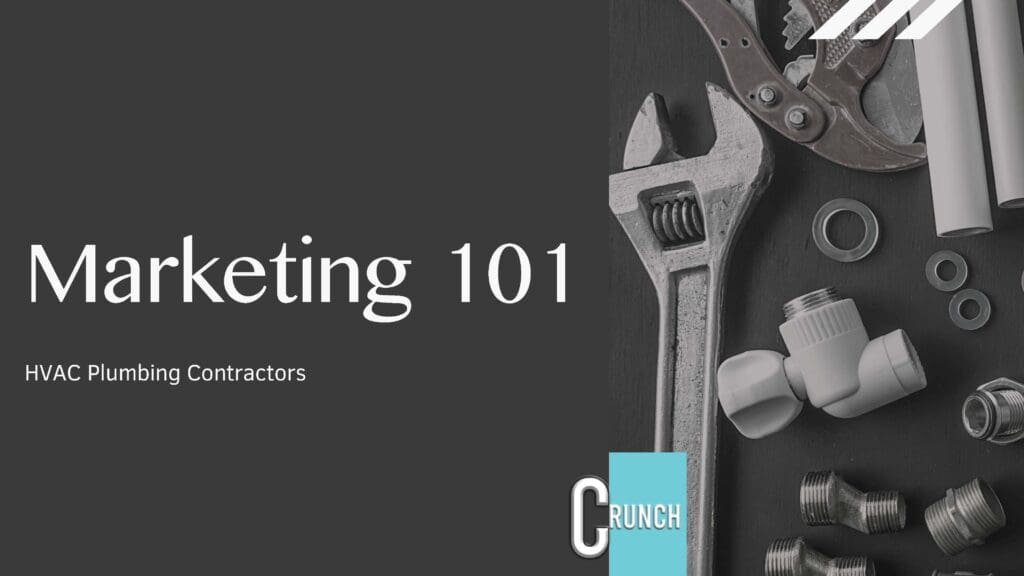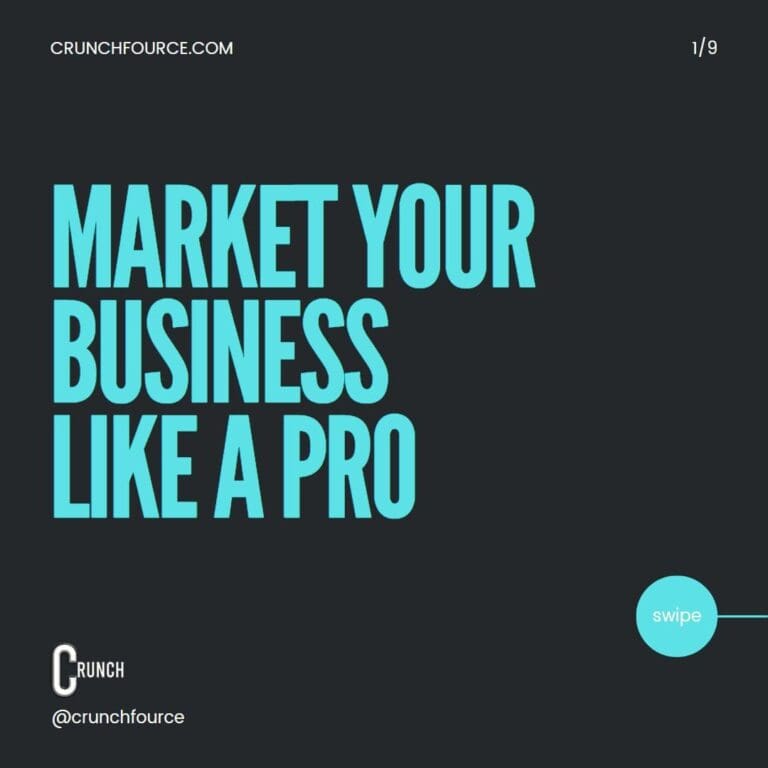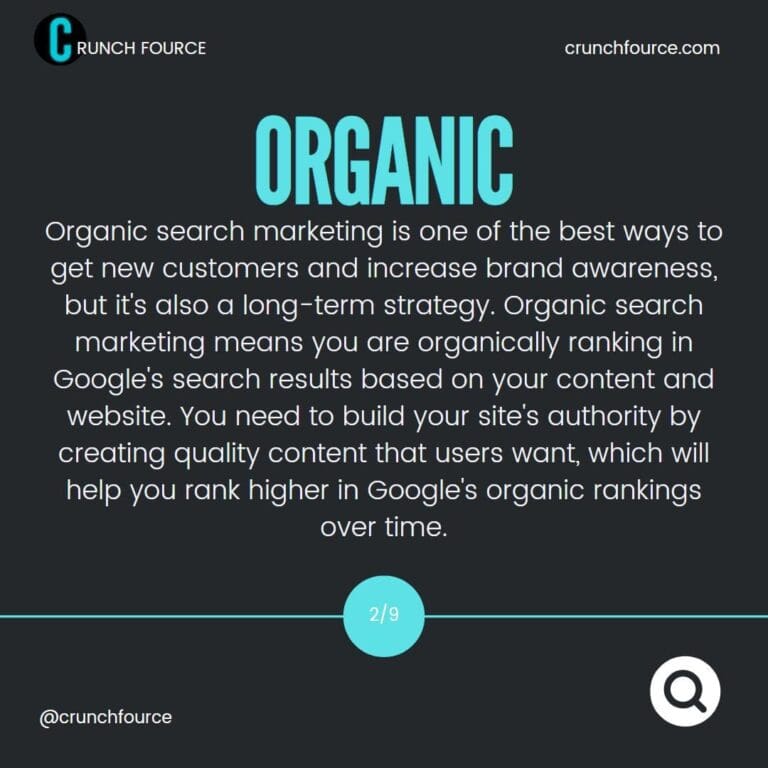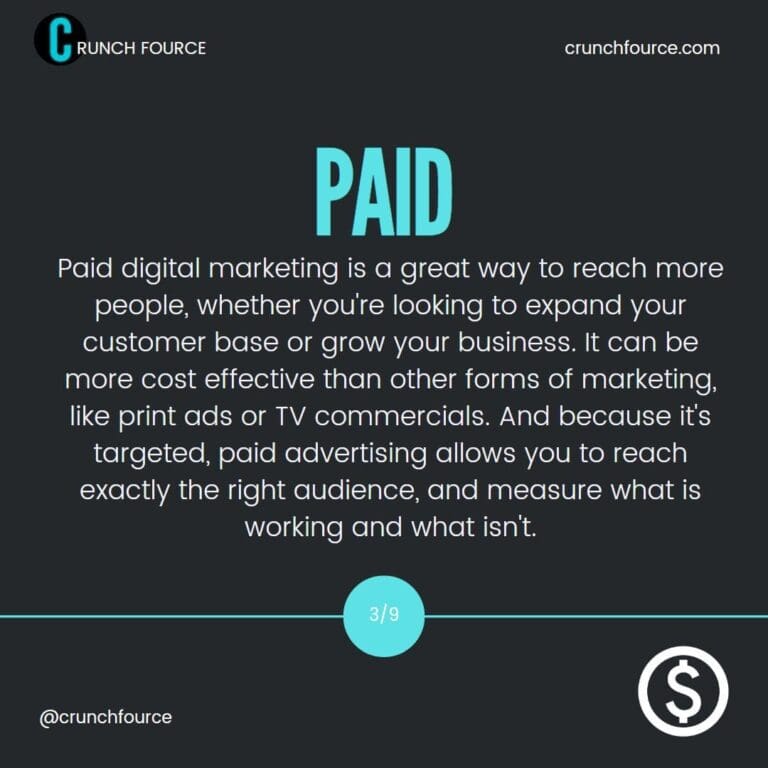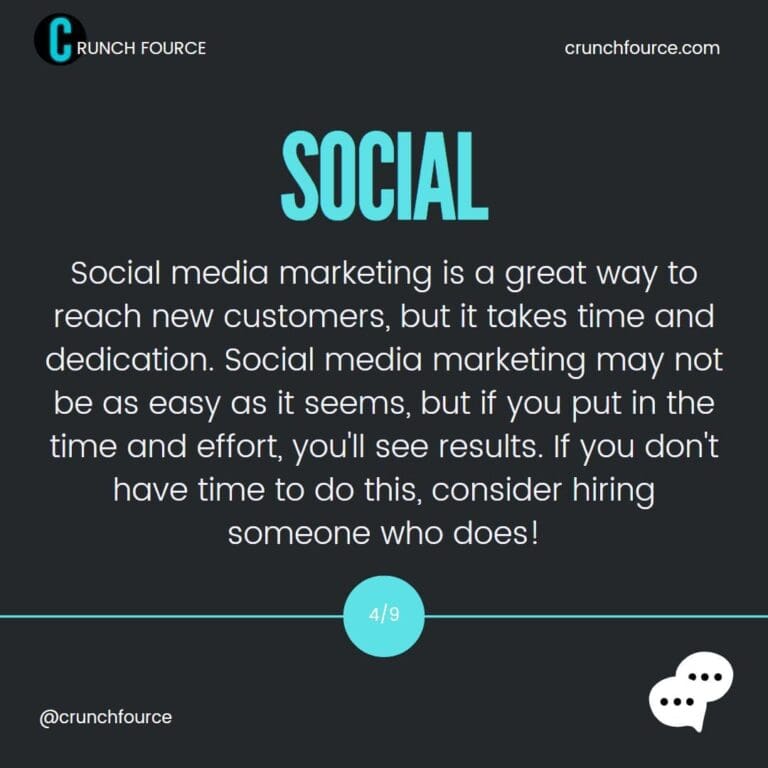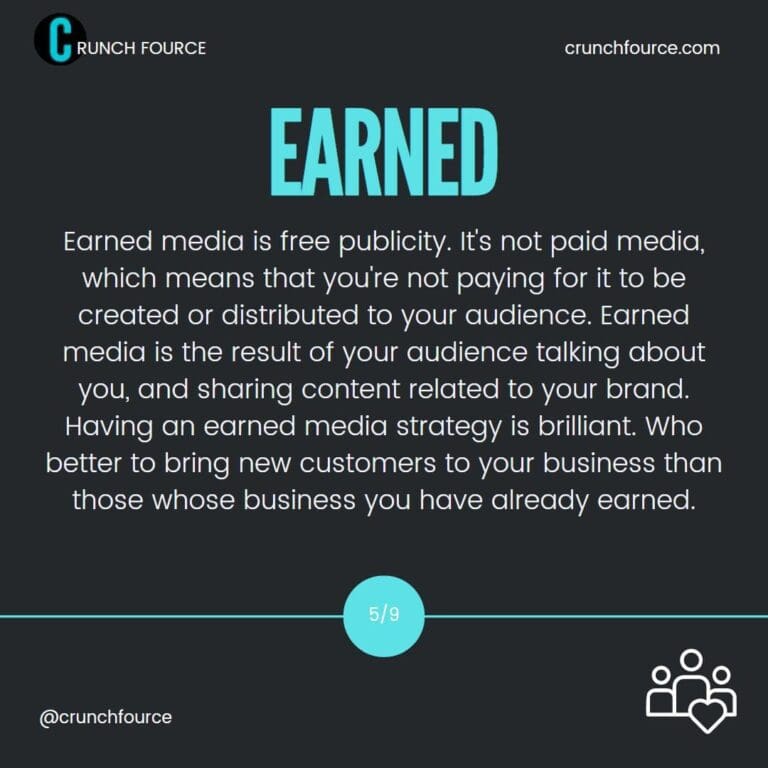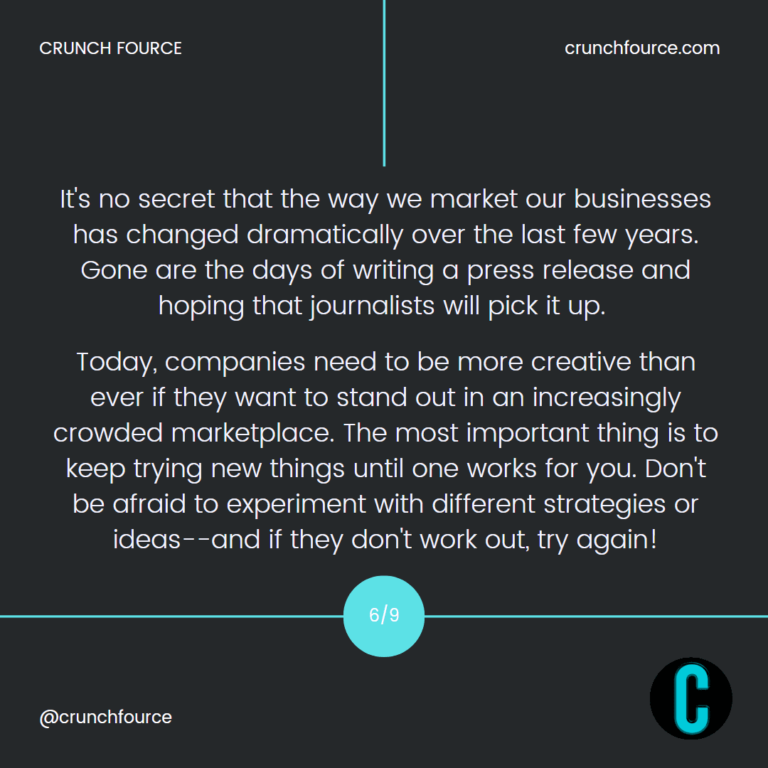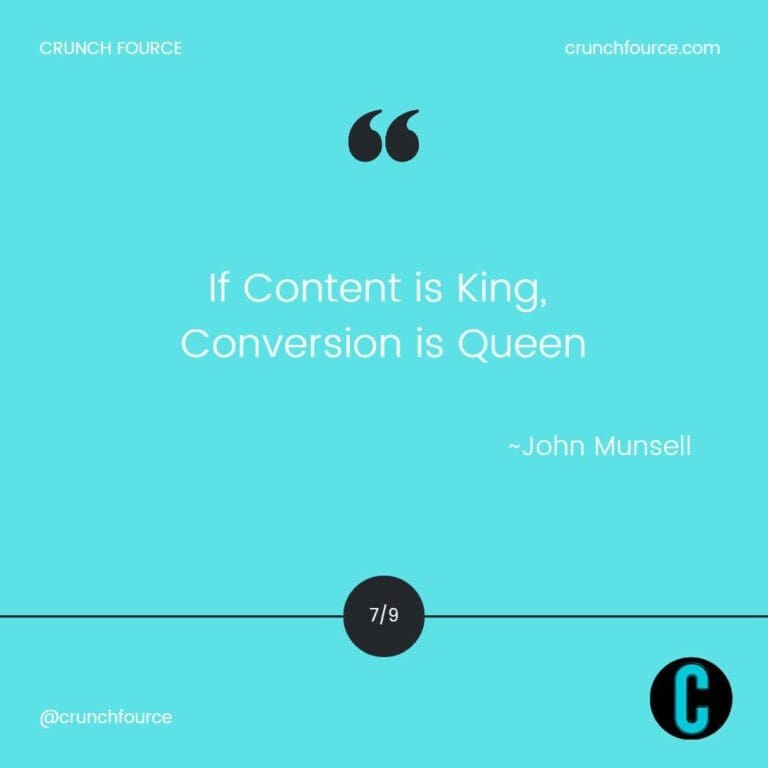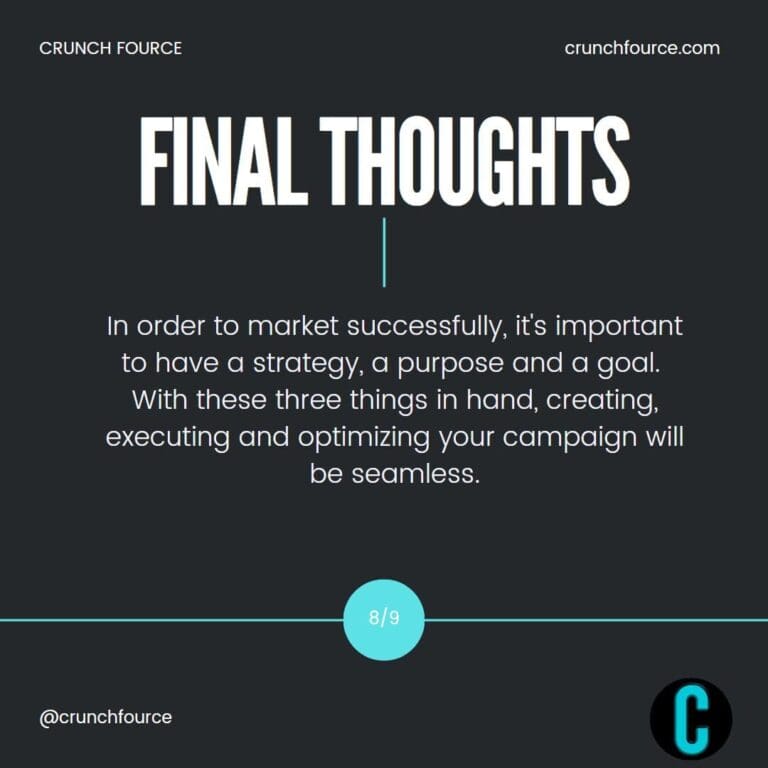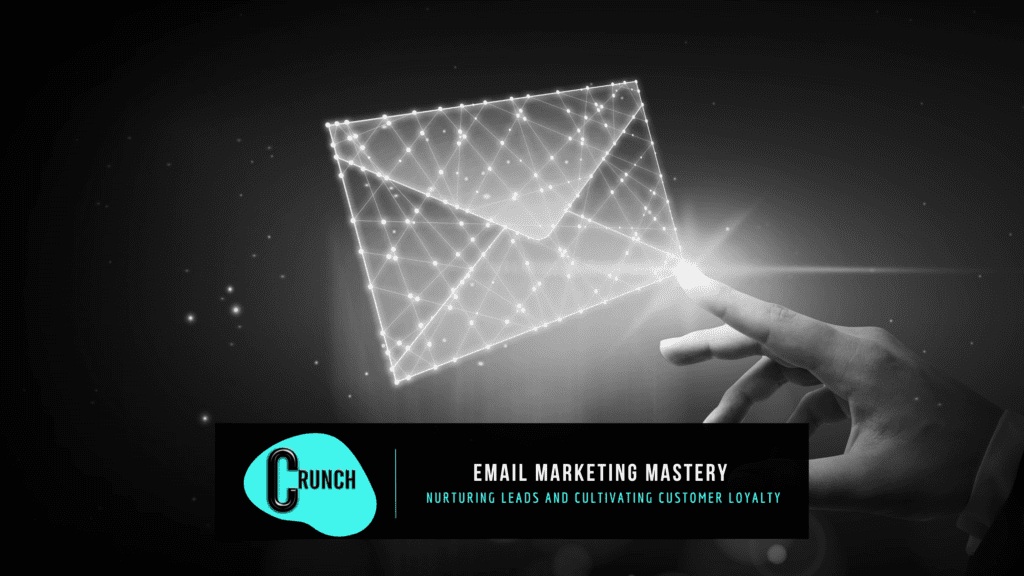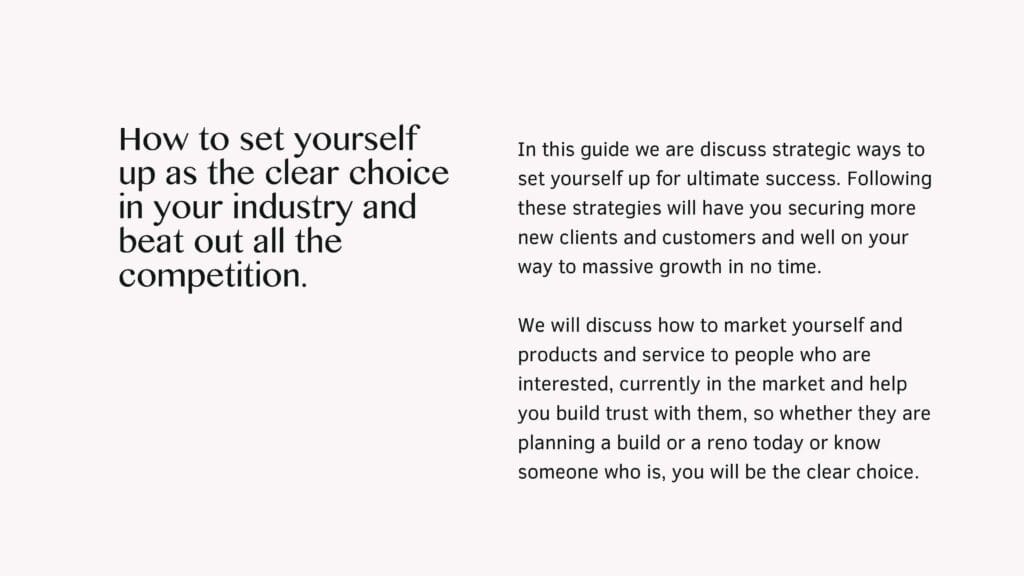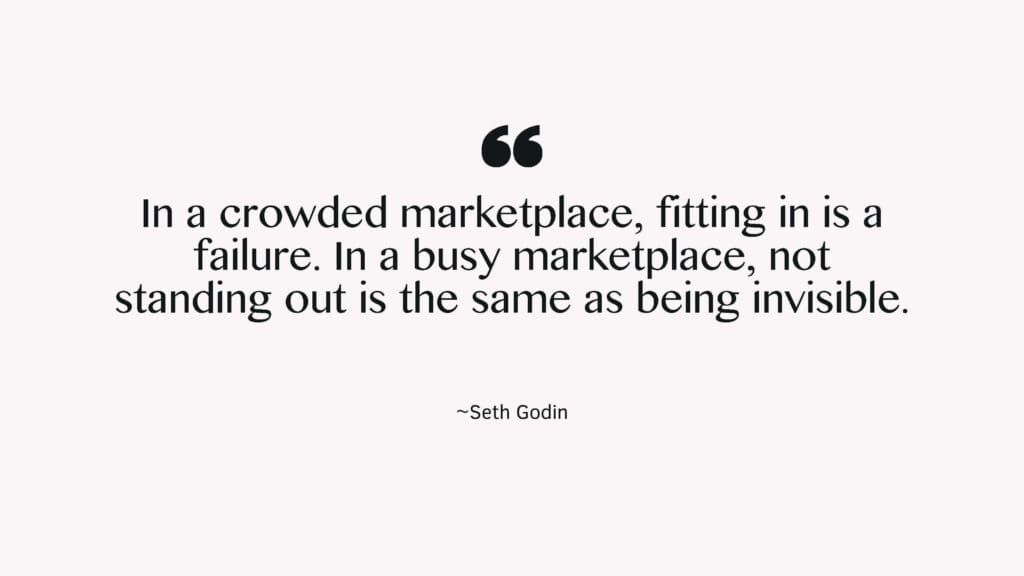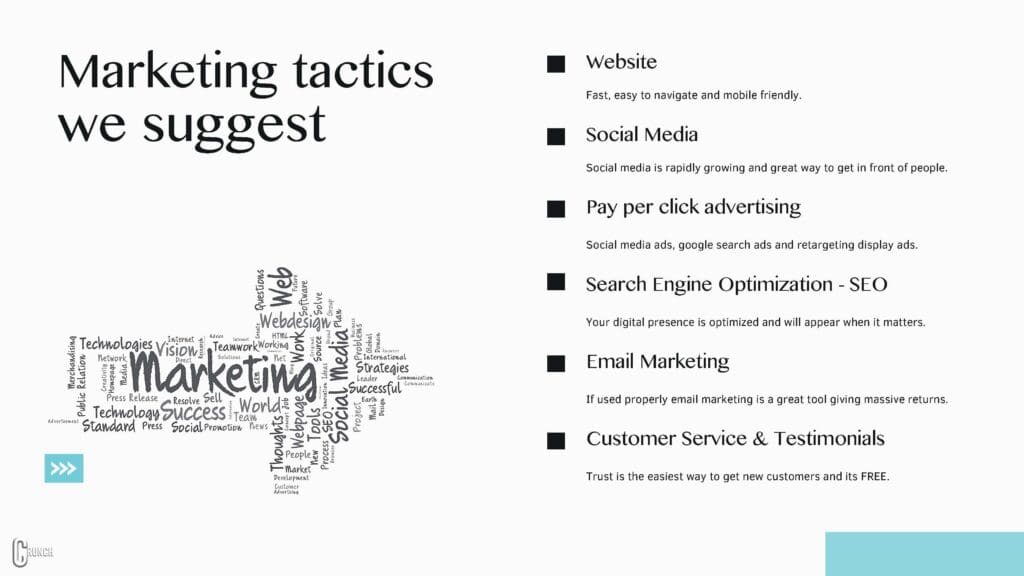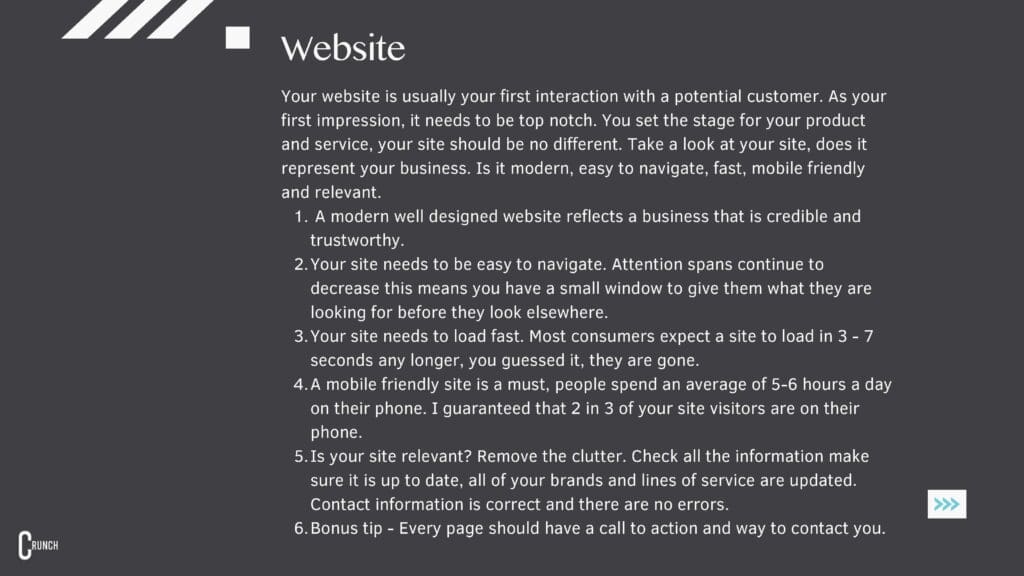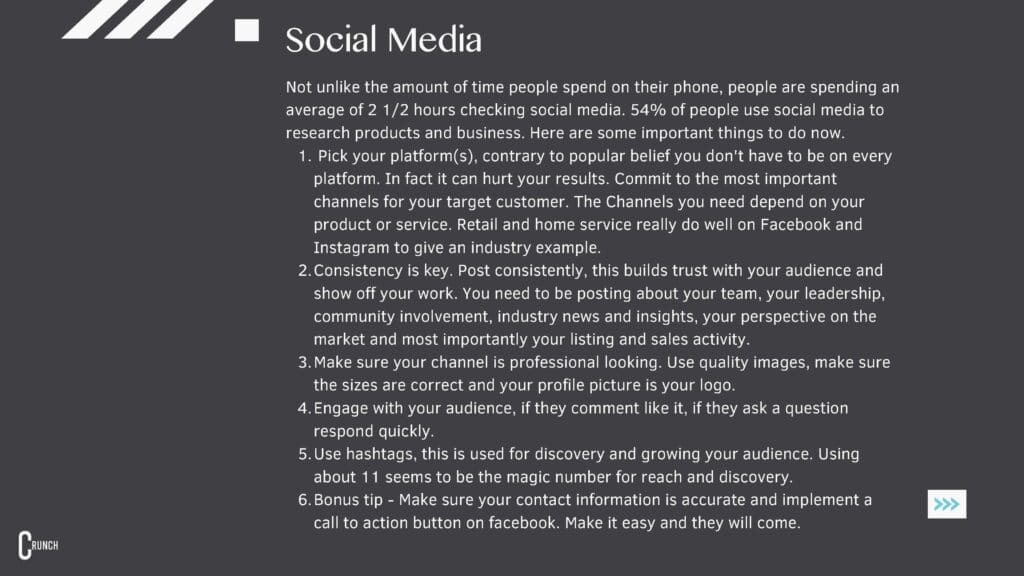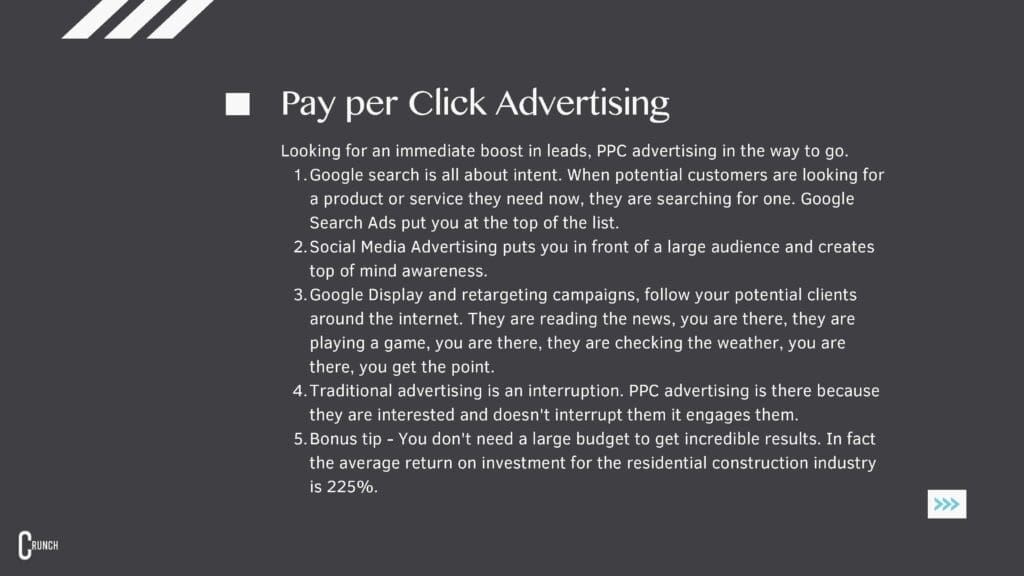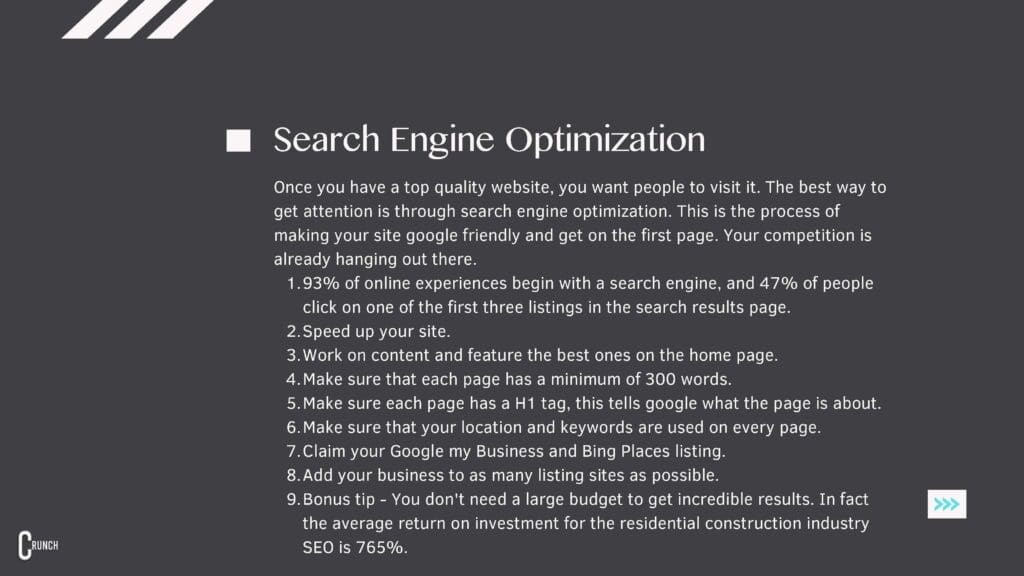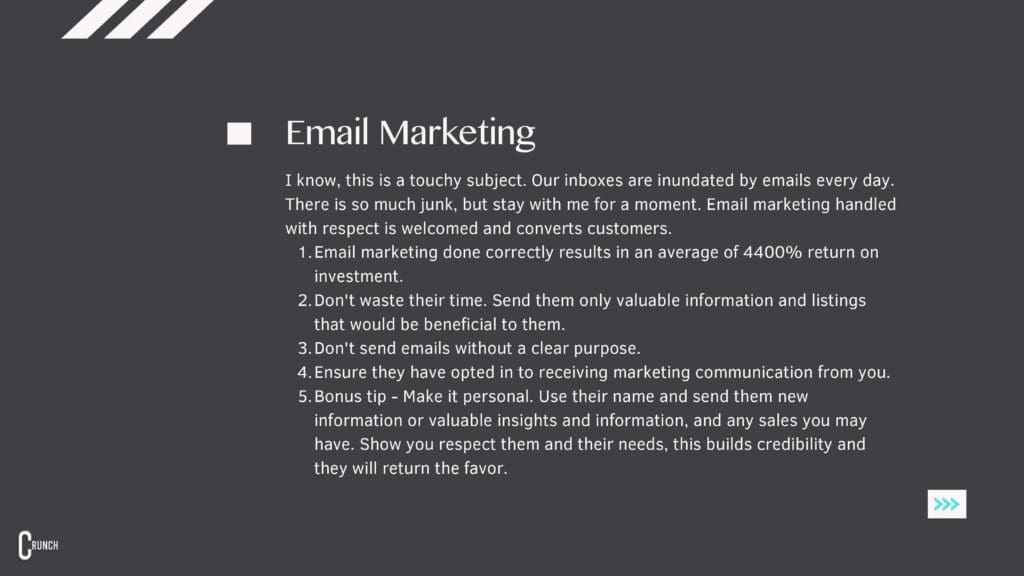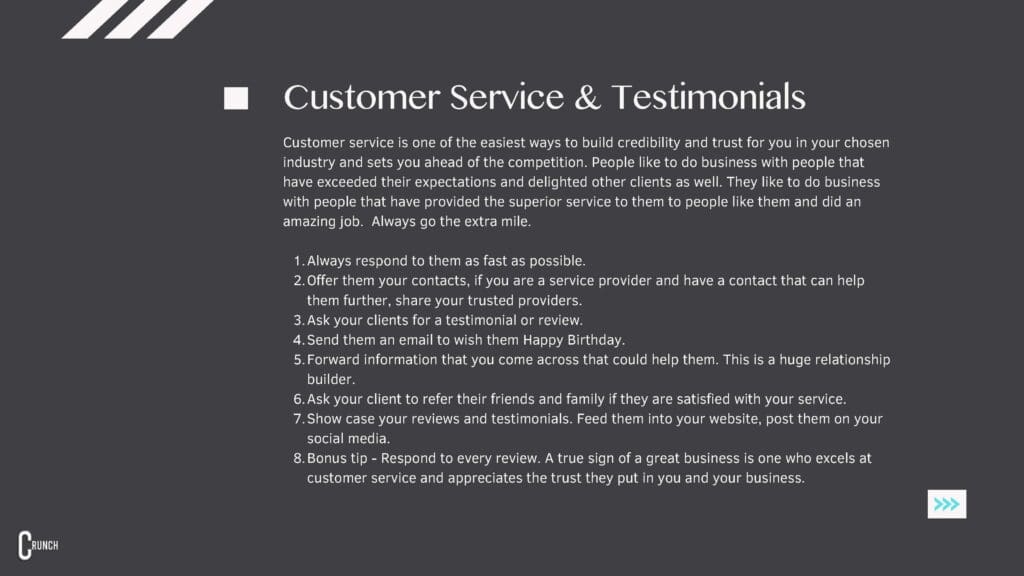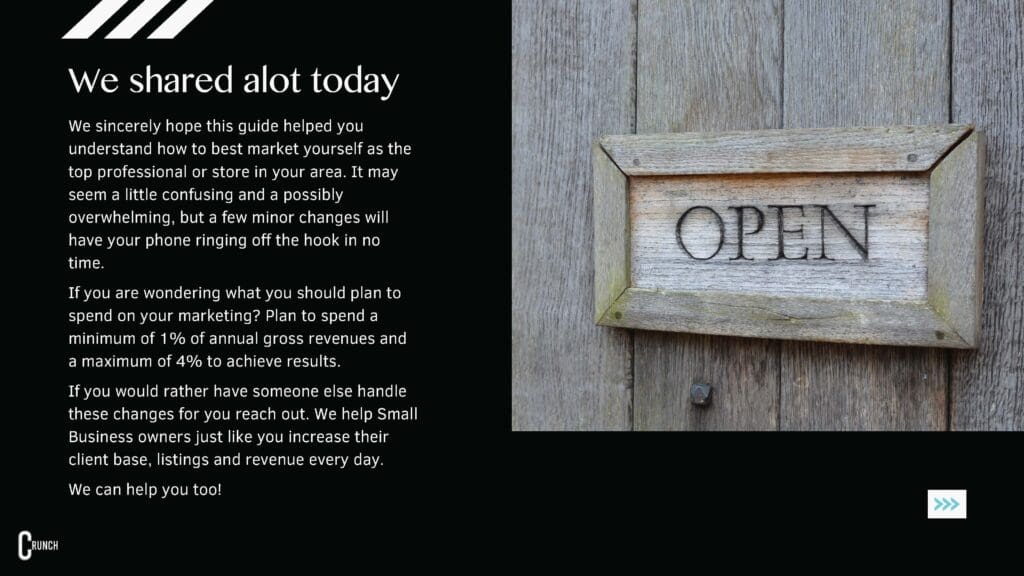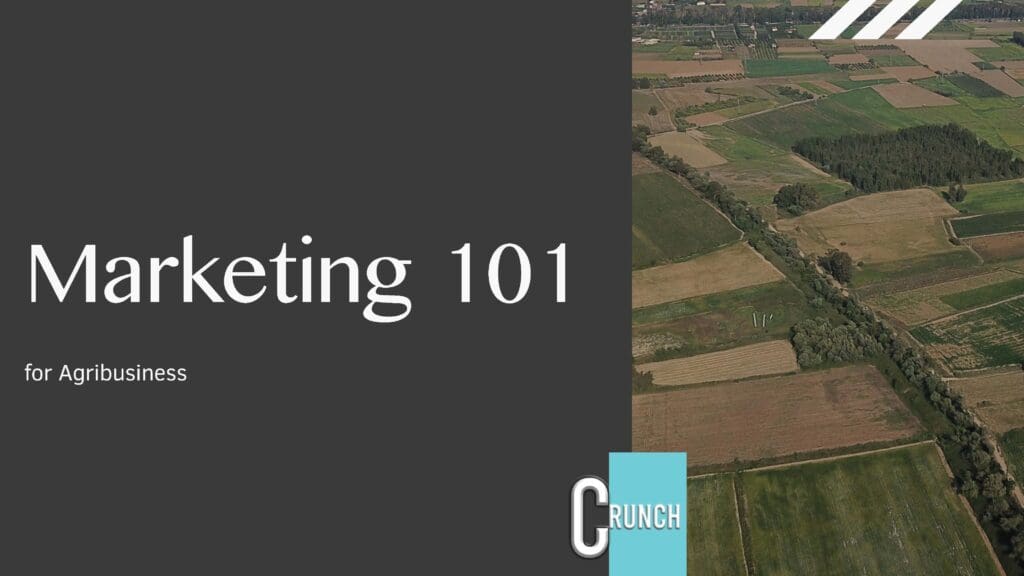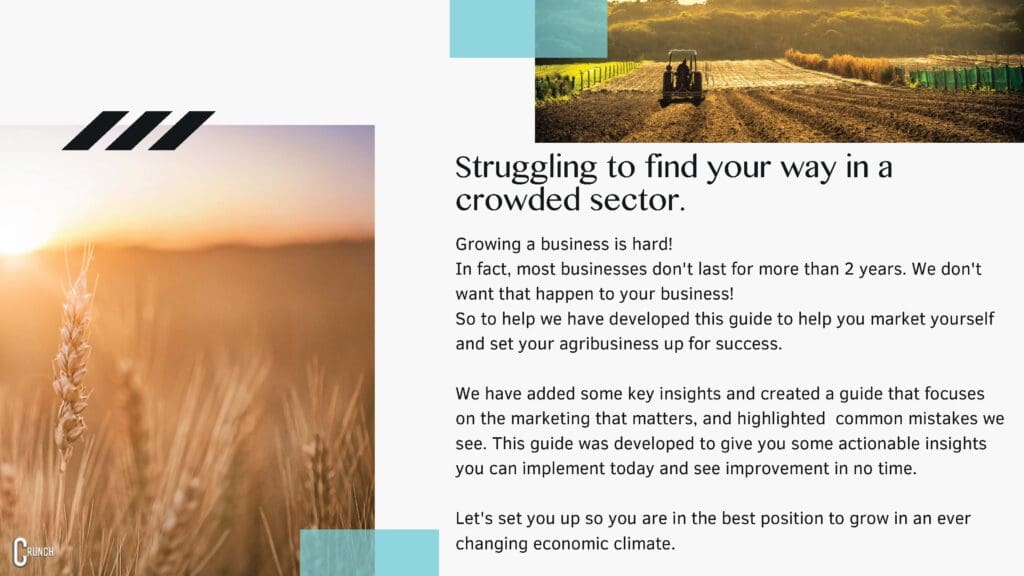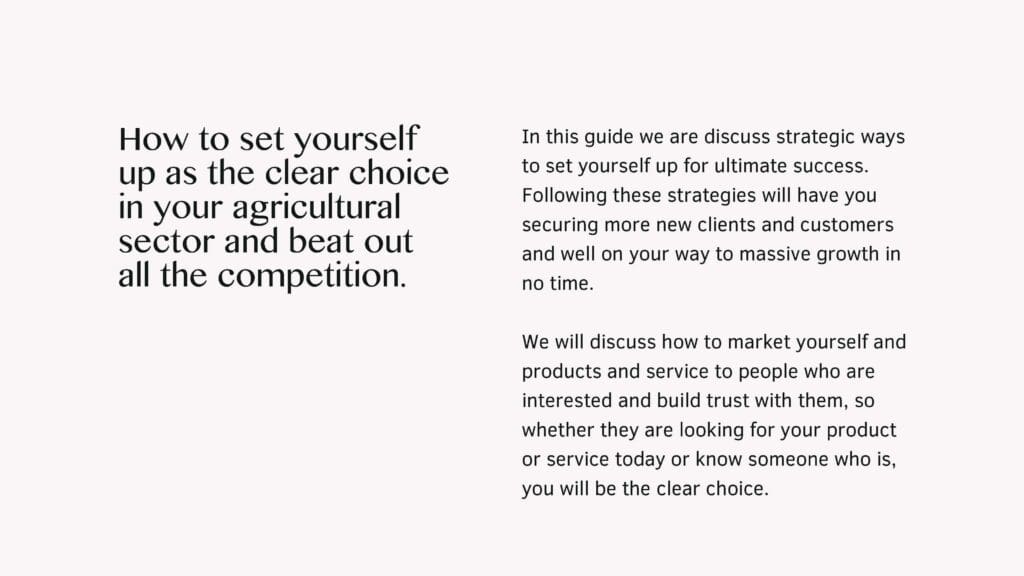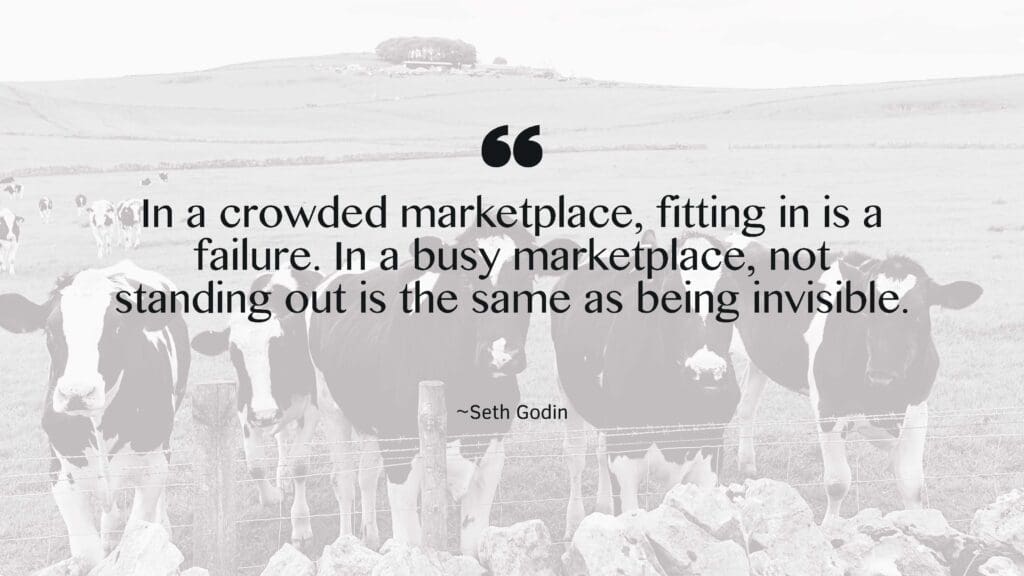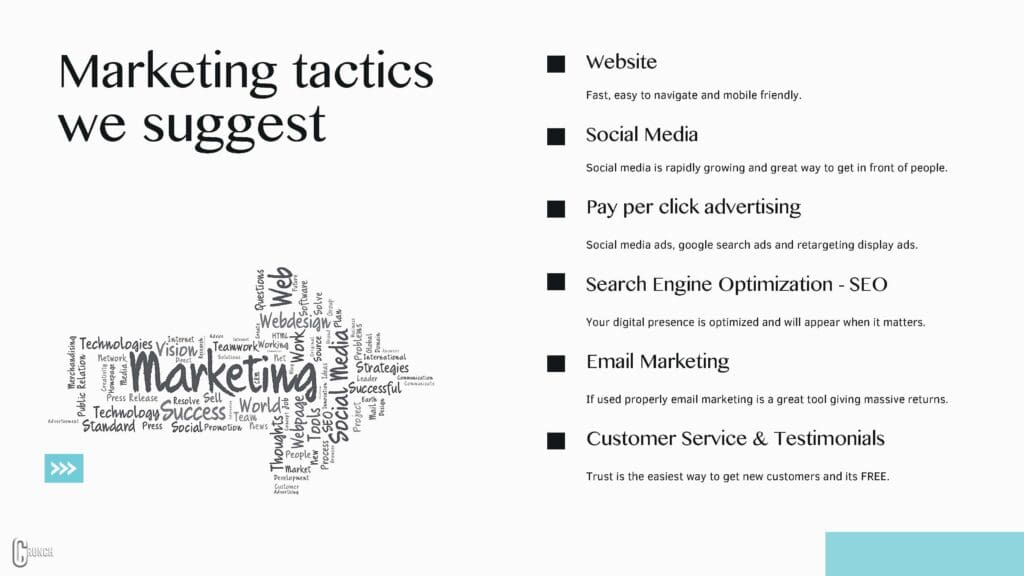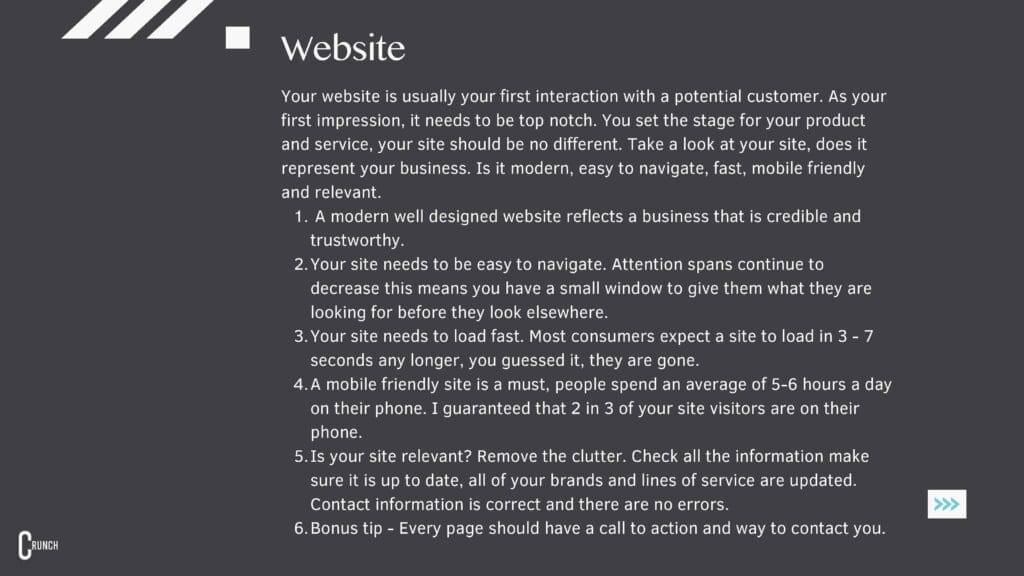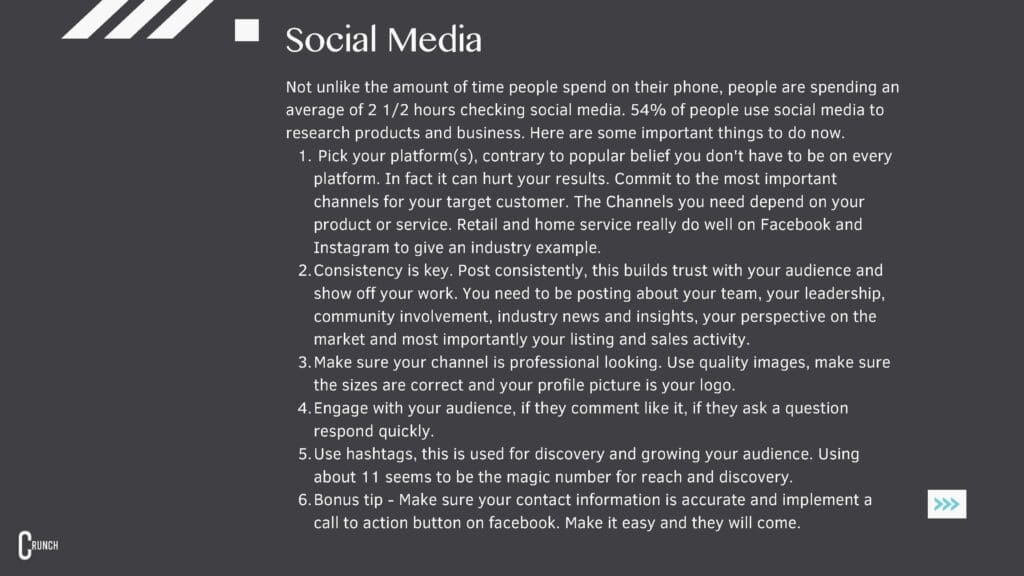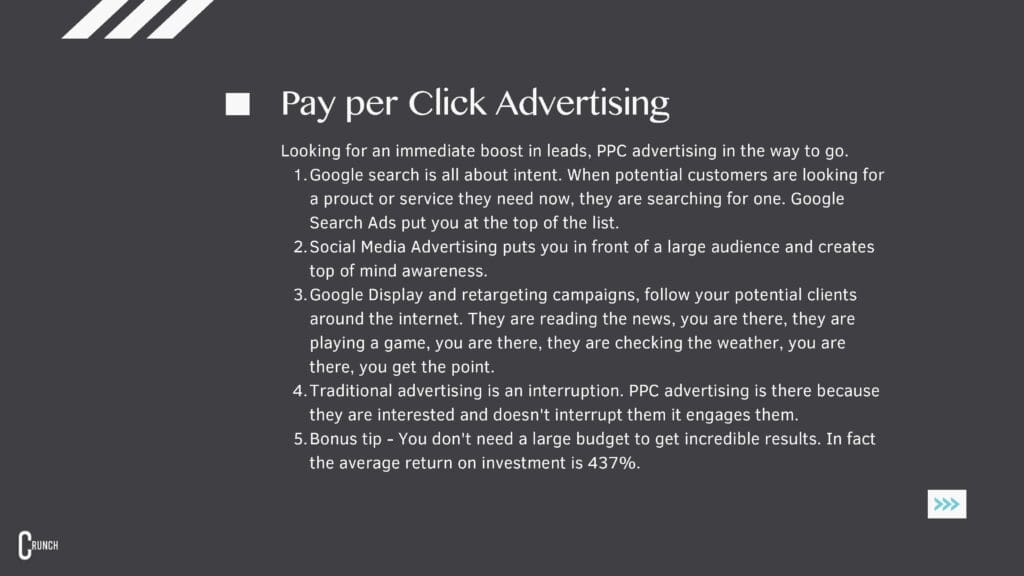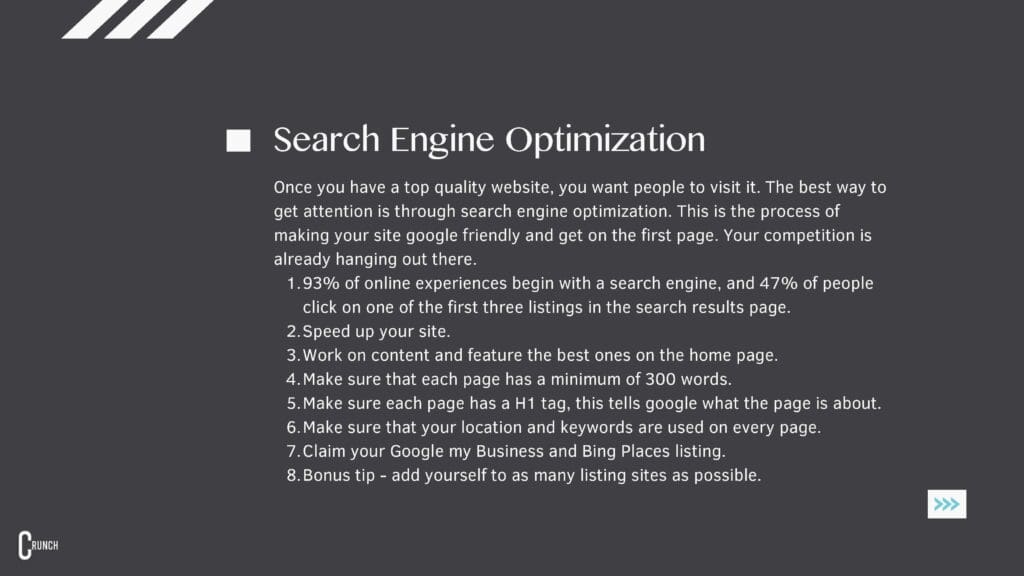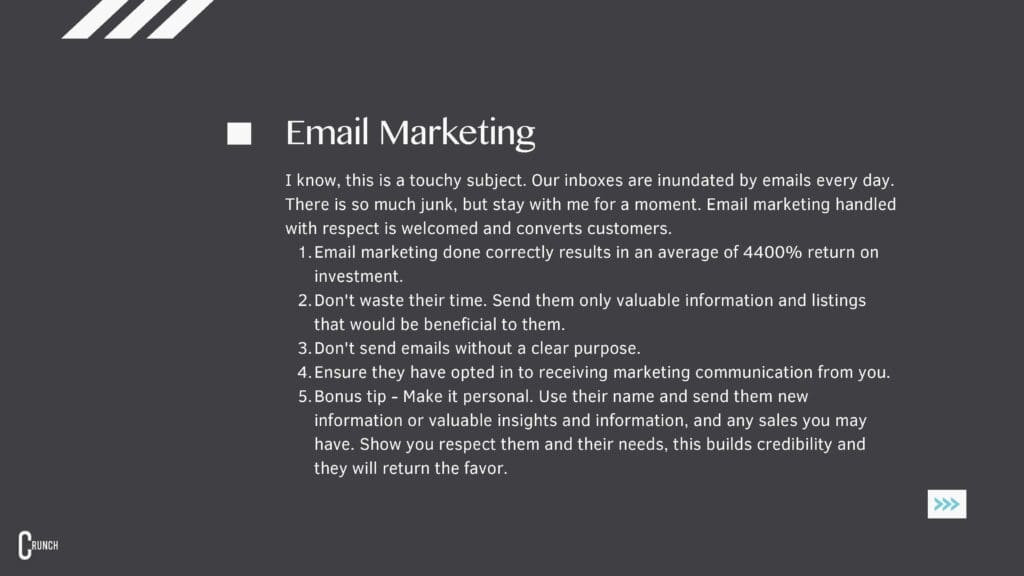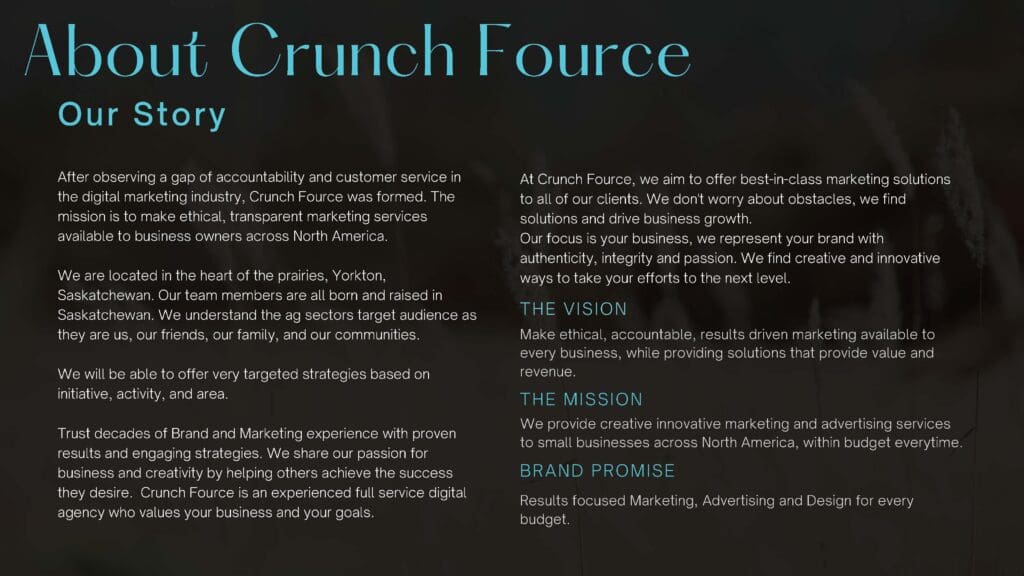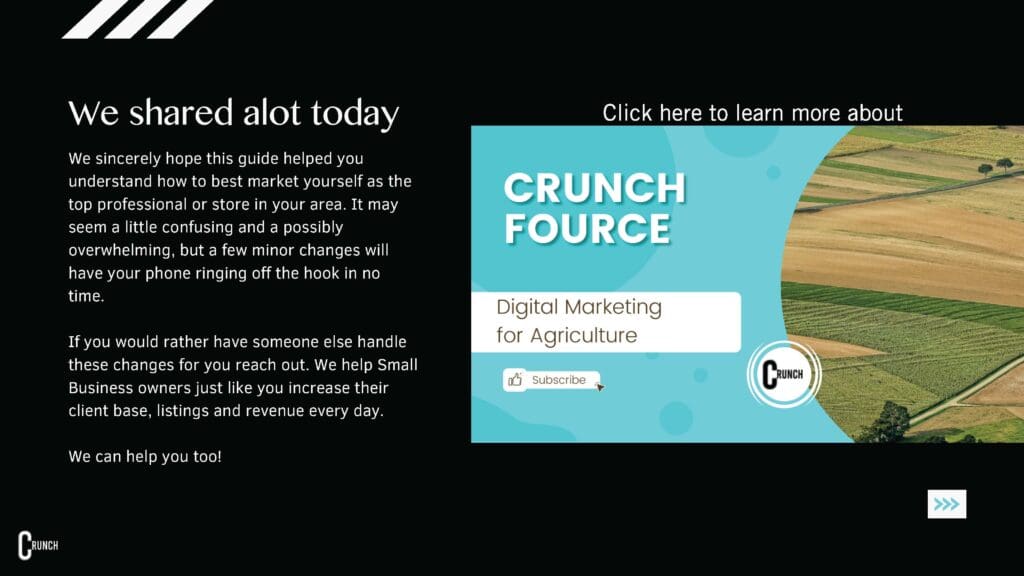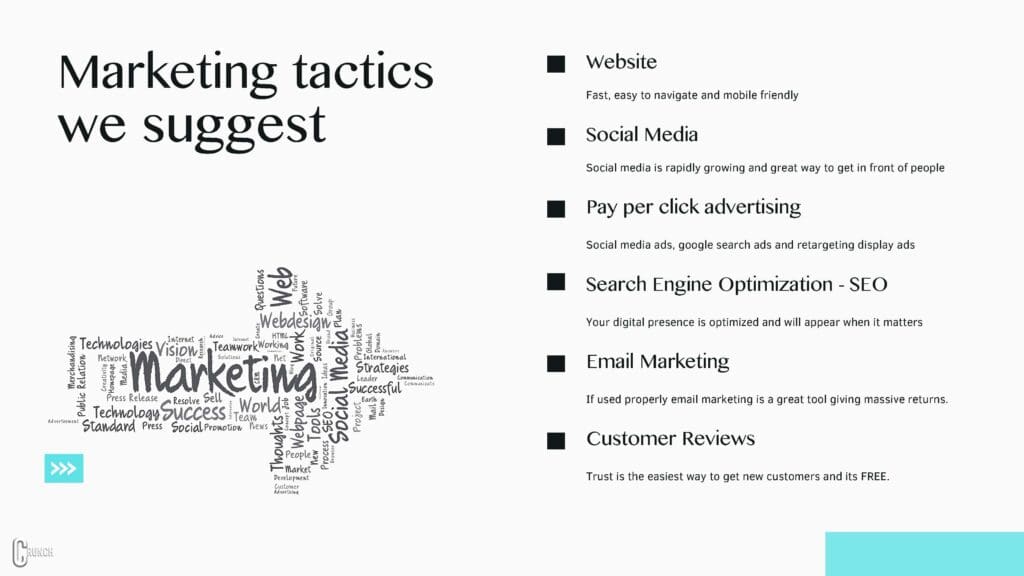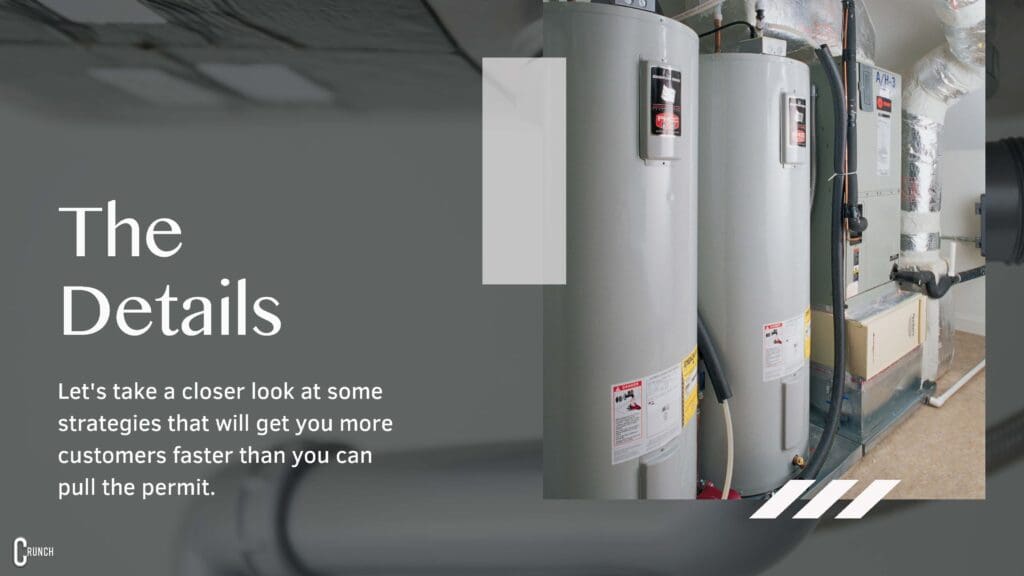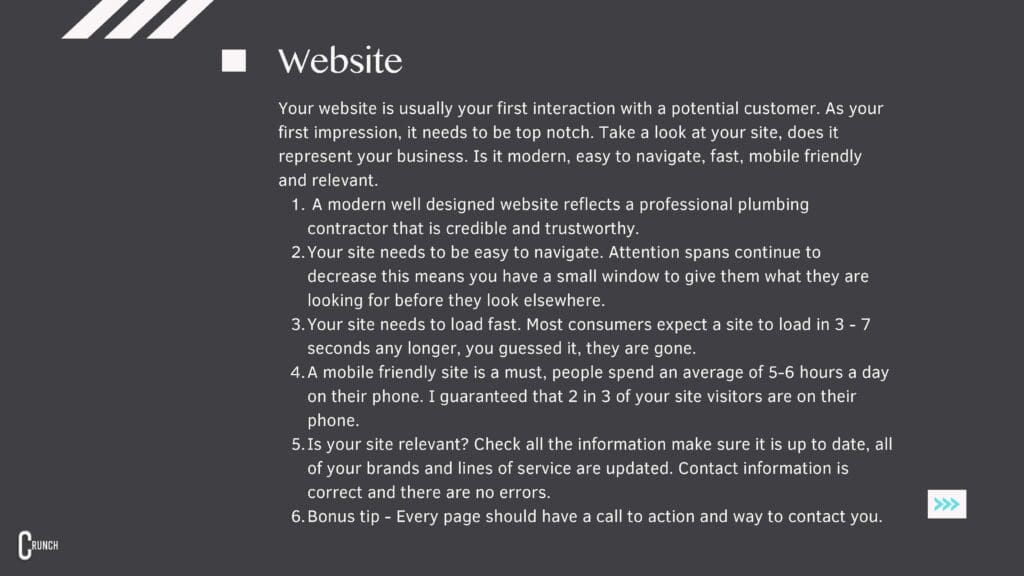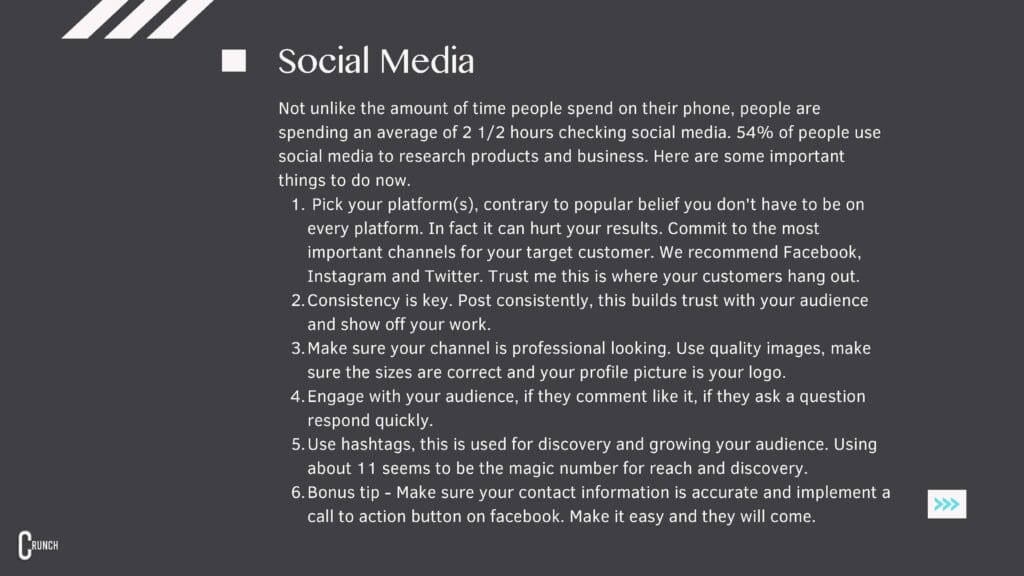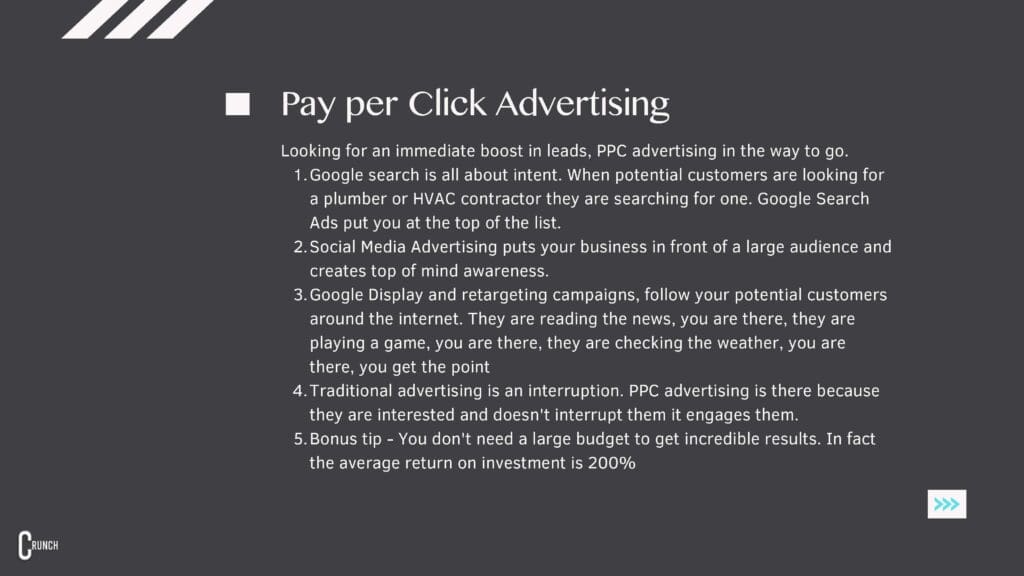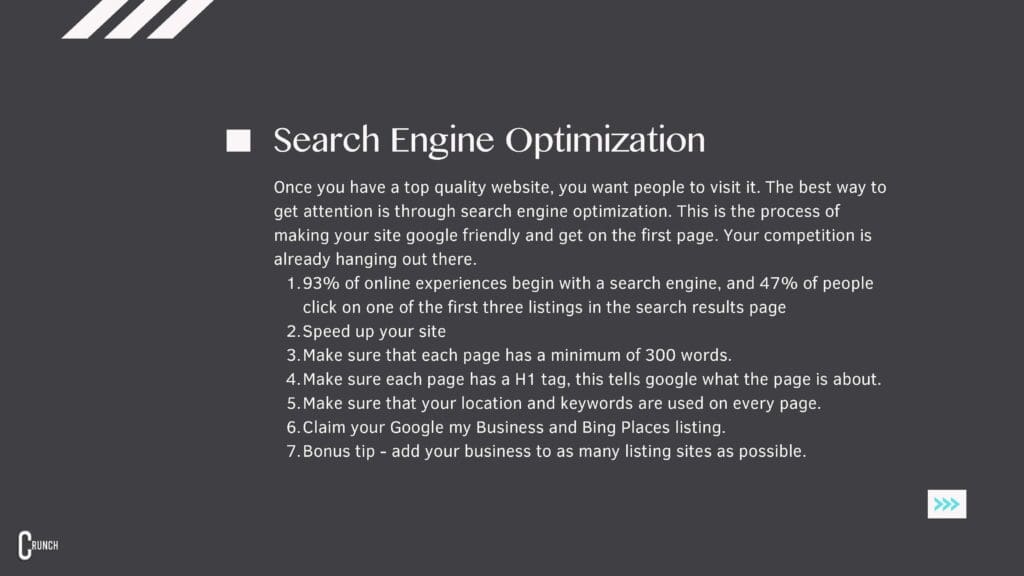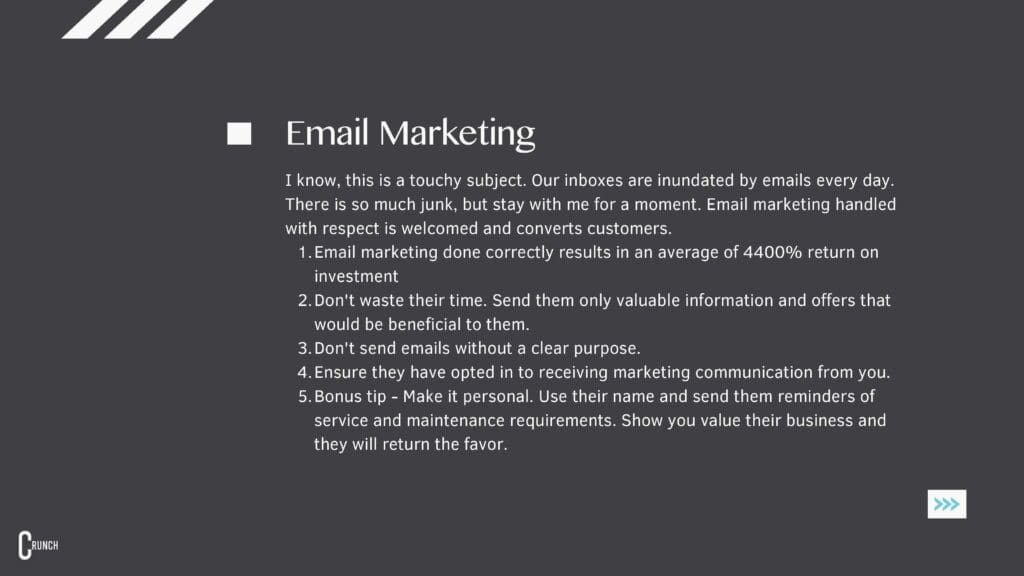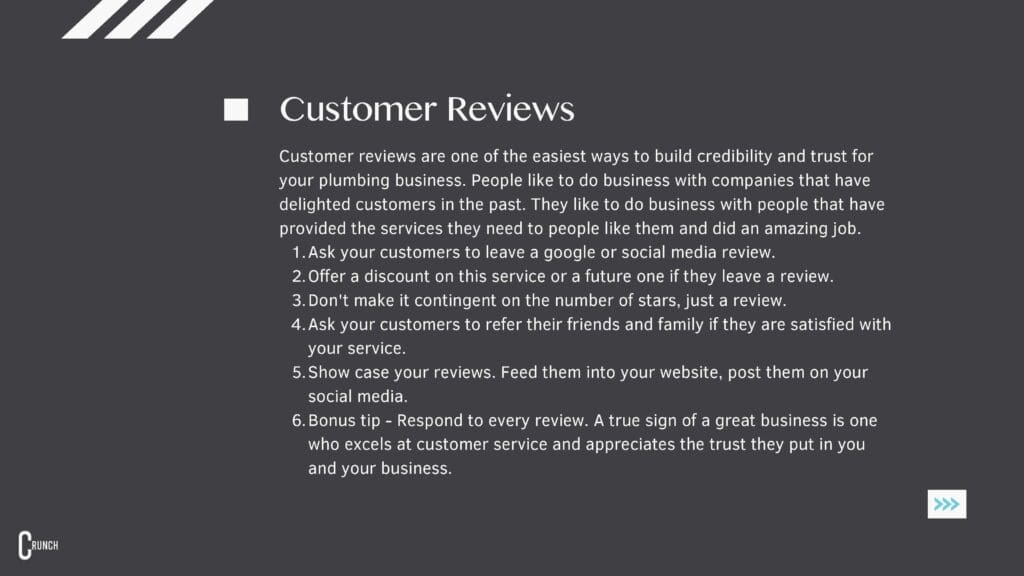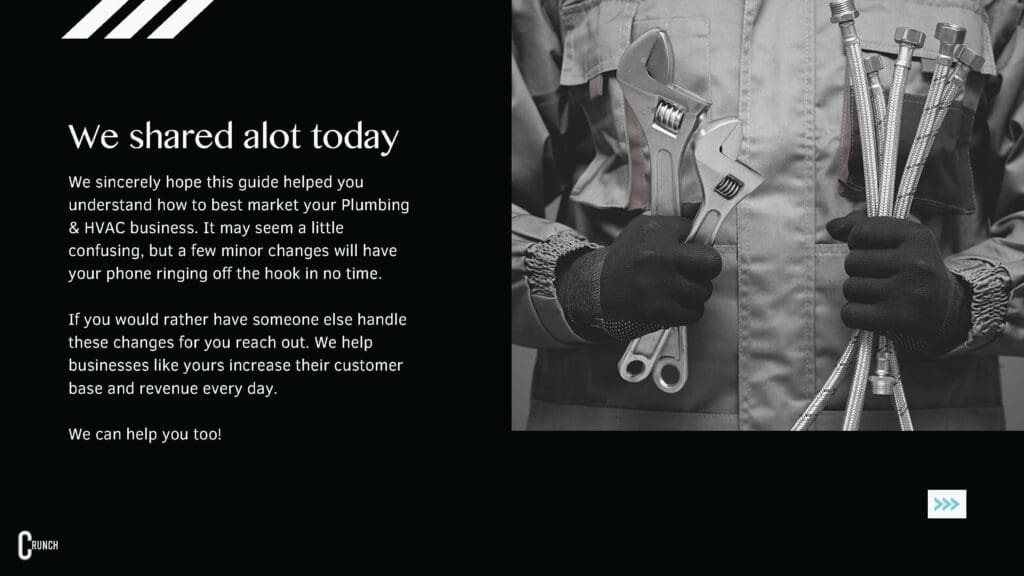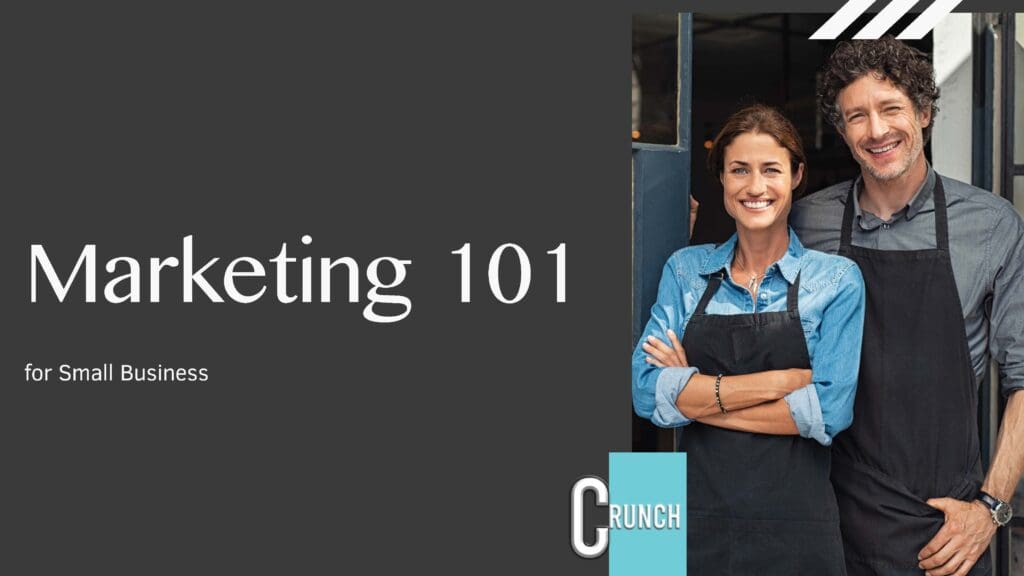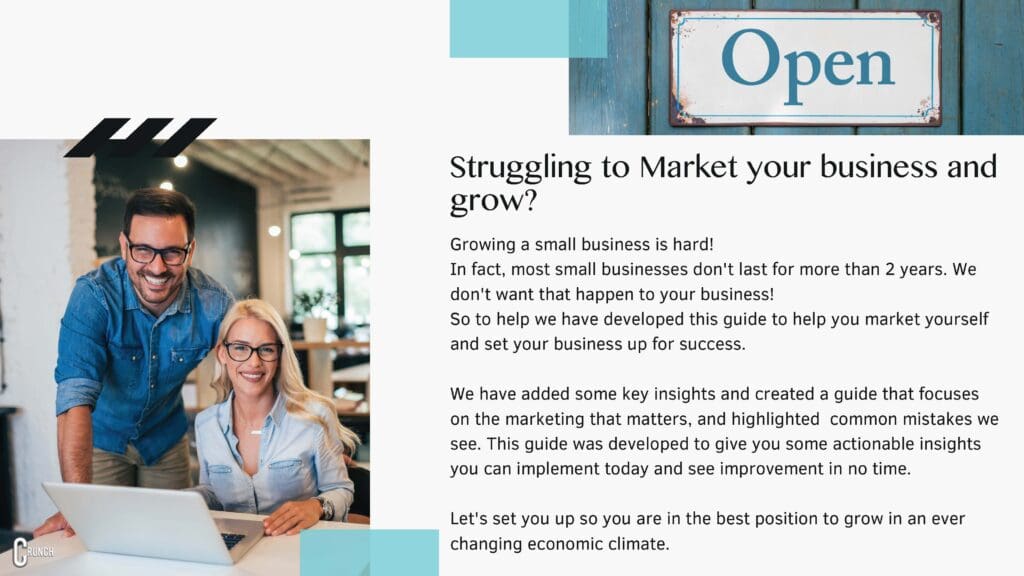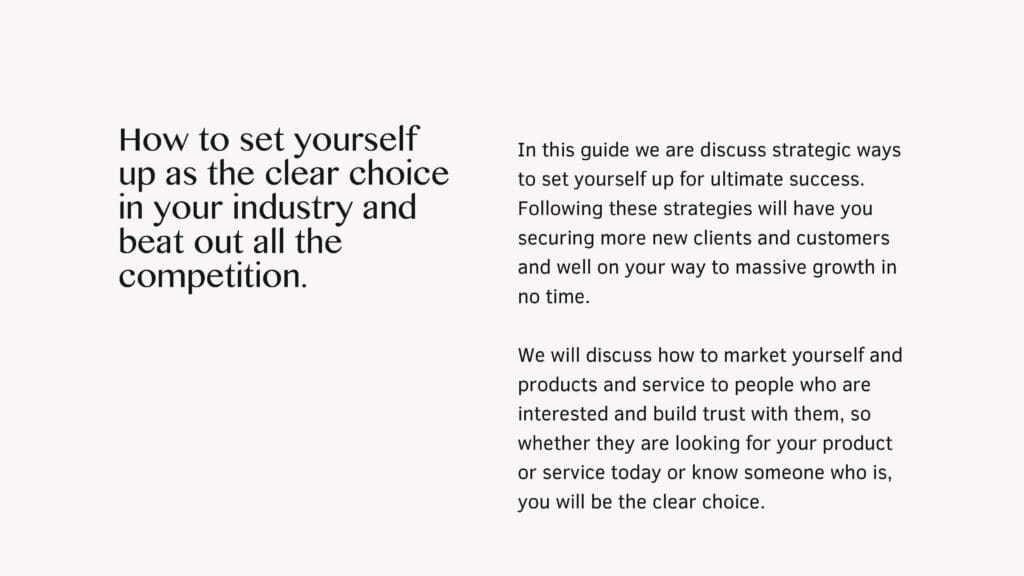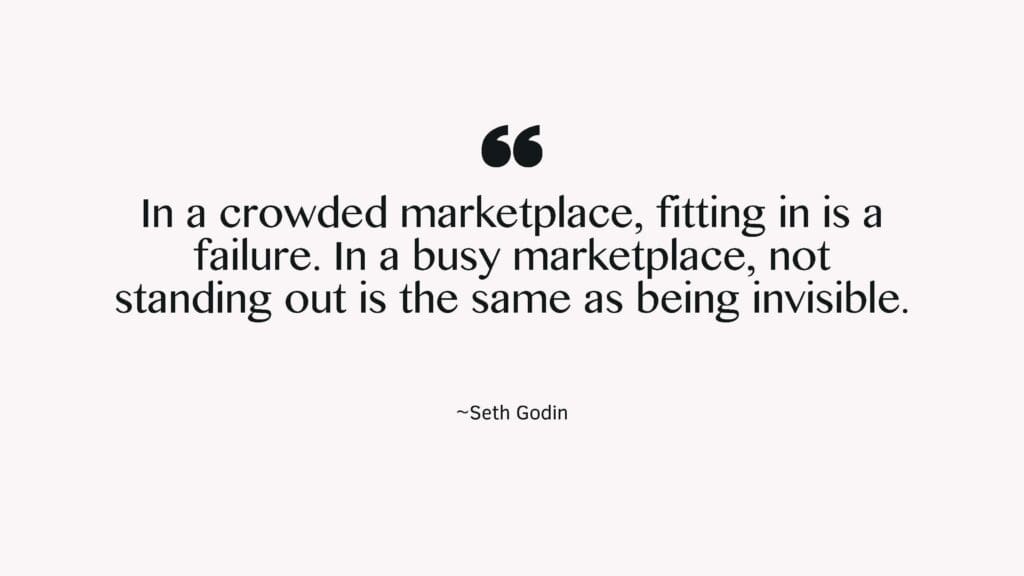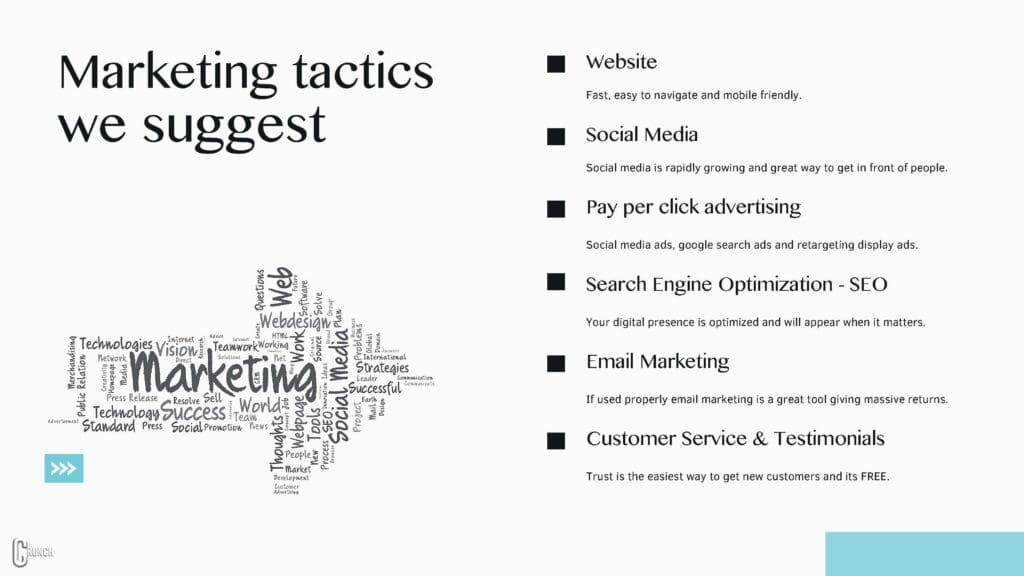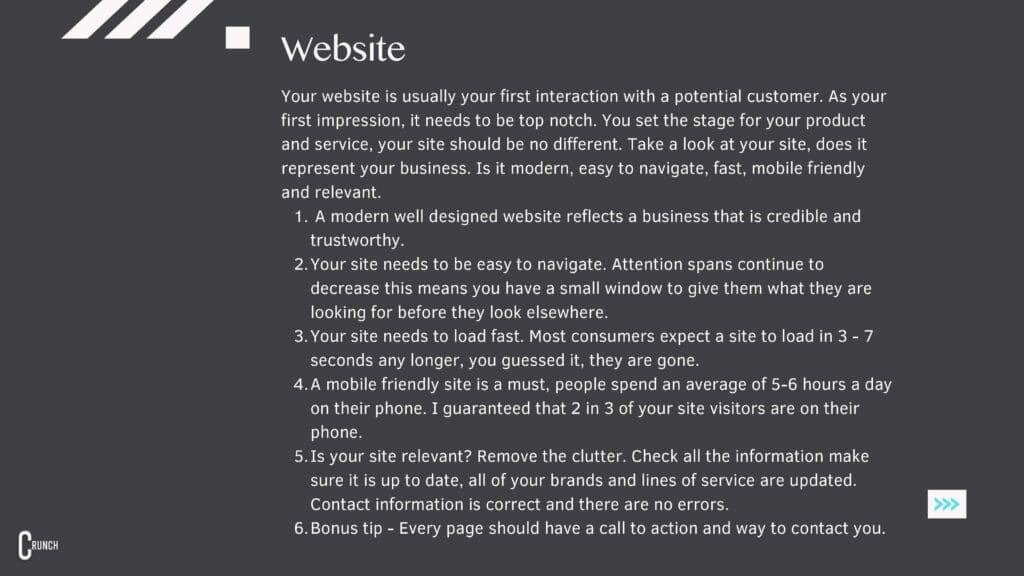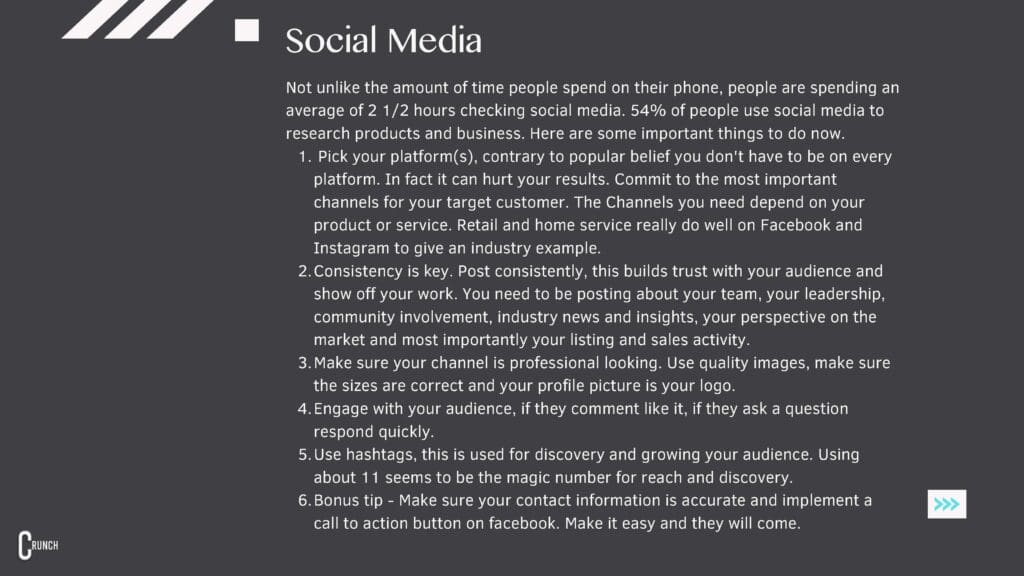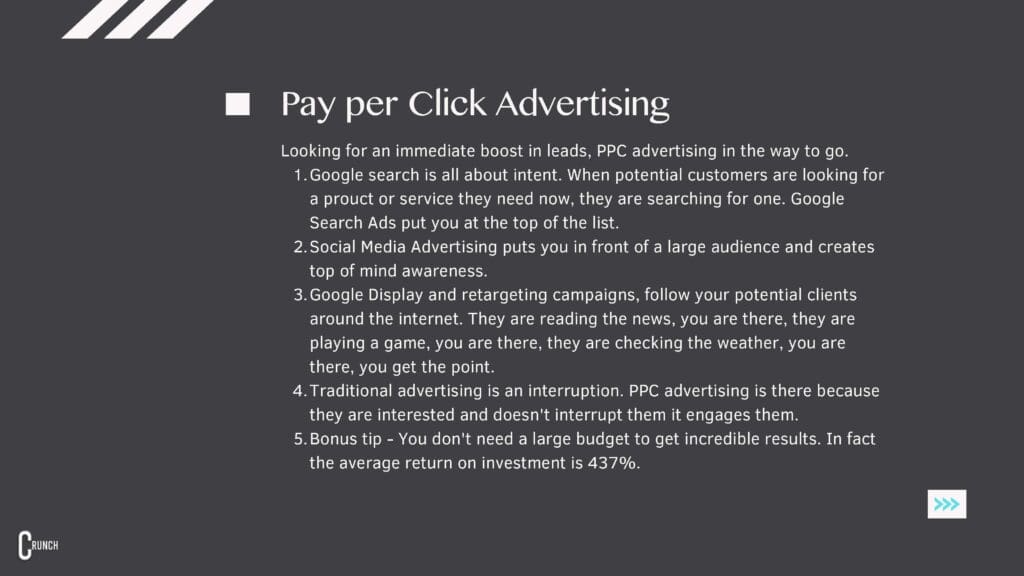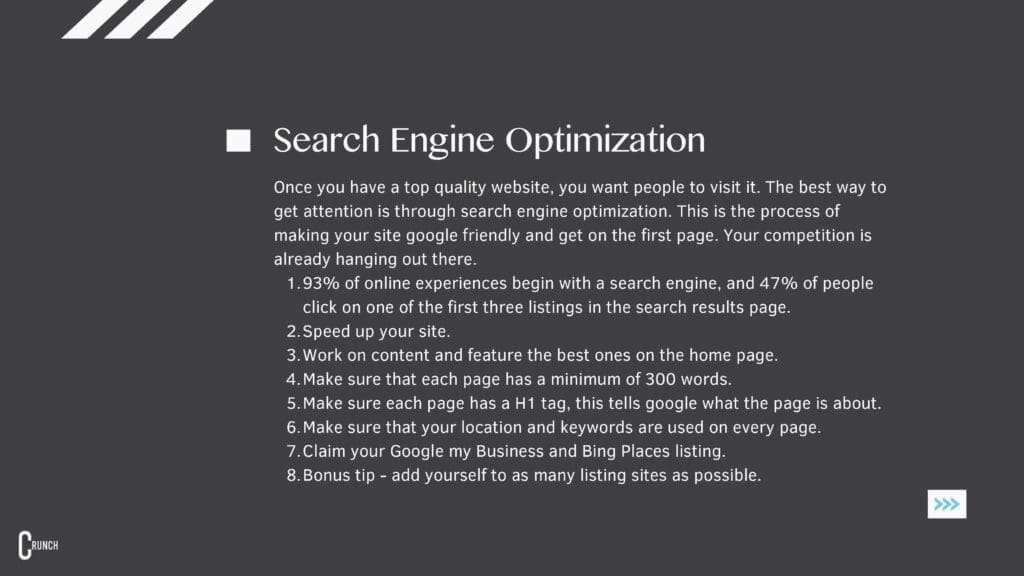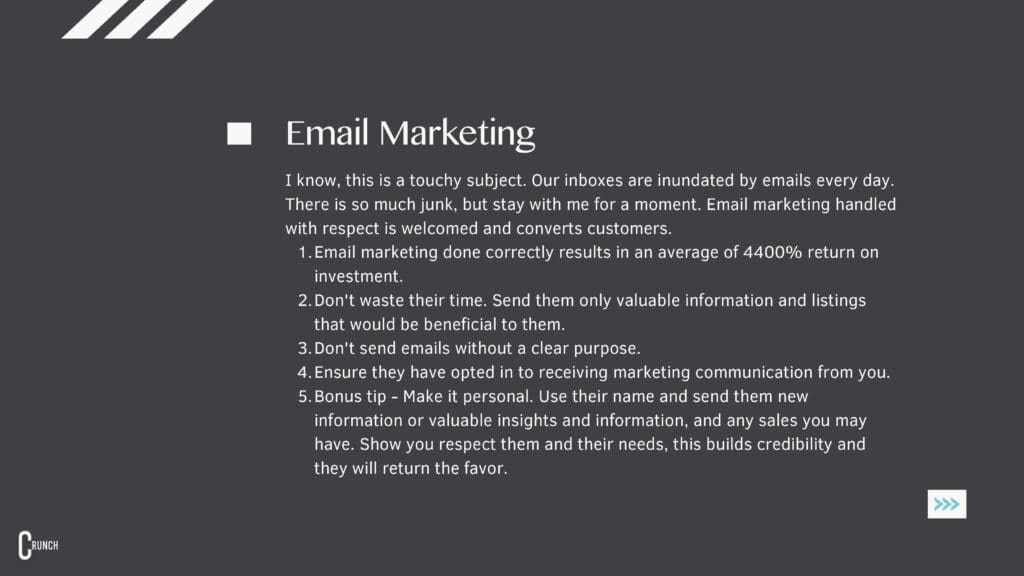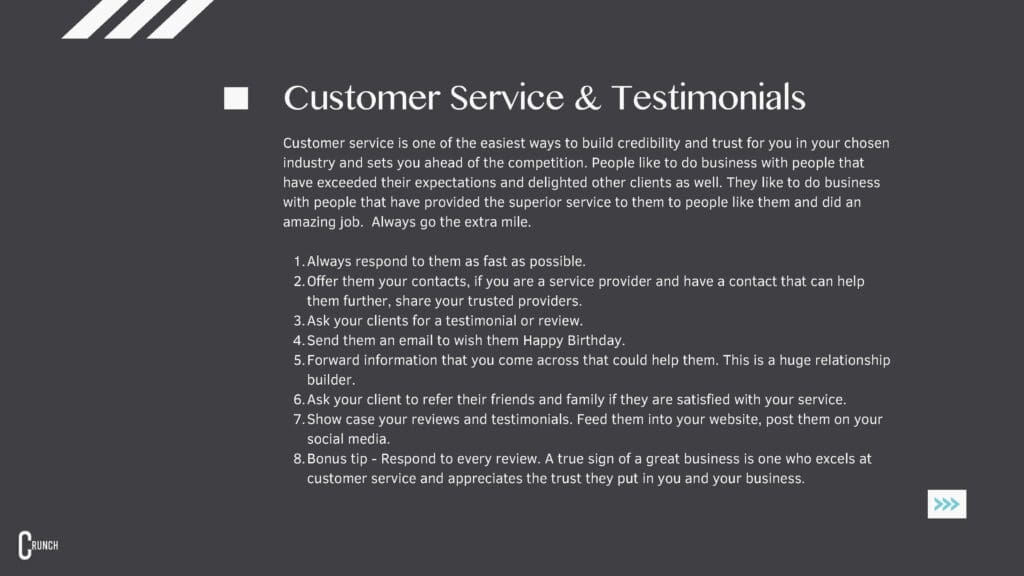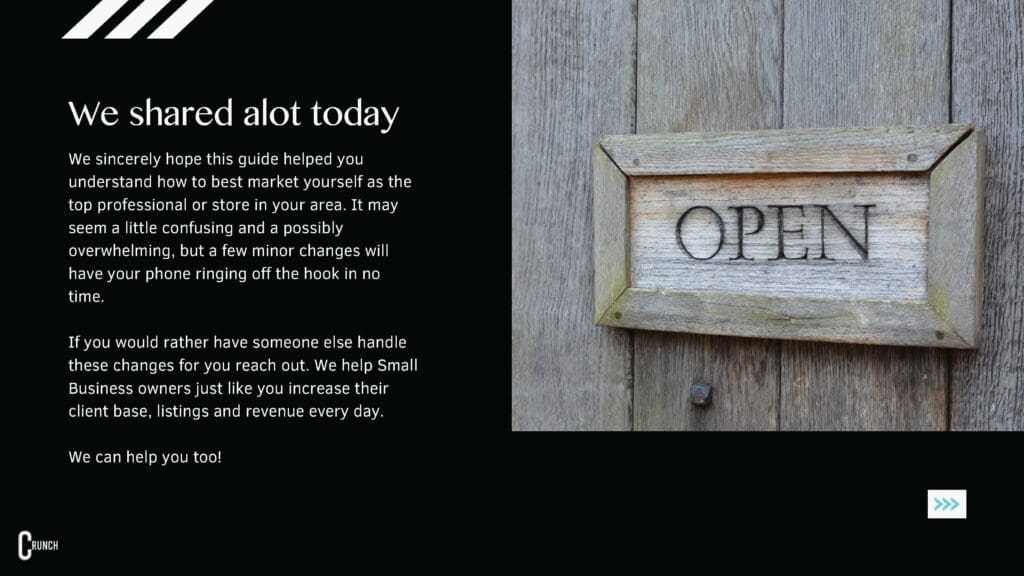In today’s digital landscape, where customer relationships are key to business success, email marketing remains one of the most effective tools for nurturing leads and cultivating customer loyalty. If you’re looking to maximize the return on investment (ROI) of your email campaigns and build lasting connections with your audience, you’ve come to the right place. In this comprehensive guide, we’ll dive deep into the world of email marketing, uncovering proven strategies and best practices to help you nurture leads, boost engagement, and drive revenue.
Why Email Marketing Matters
Email marketing continues to be a powerhouse in the realm of digital marketing, offering unmatched potential for businesses to connect with their audience on a personal level. Consider these compelling statistics:
According to DMA, email marketing boasts an impressive average ROI of $42 for every $1 spent .
81% of small businesses rely on email marketing as their primary customer acquisition and retention channel .
These numbers highlight the immense value and potential of email marketing in driving business growth and fostering customer relationships.
Crafting Compelling Newsletters
The cornerstone of any successful email marketing campaign is a well-crafted newsletter. Here’s how to create compelling newsletters that captivate your audience:
Personalization: Address subscribers by name and tailor content based on their preferences and behaviors. Personalization is a key ingredient in successful email marketing campaigns. By addressing subscribers by name and tailoring content to their preferences and behaviors, you can create a more engaging and personalized experience for each recipient.
Use data such as past purchases, browsing history, or engagement with previous emails to segment your audience and deliver targeted content. For example, recommend products or services based on their interests or previous interactions with your brand. Personalization goes beyond using a subscriber’s name—it’s about showing that you understand their needs and delivering value that resonates with them.
Engaging Content: Provide valuable, relevant content that solves problems, educates, or entertains your audience. The success of your email marketing efforts hinges on the quality of your content. Provide valuable and relevant content that addresses your audience’s pain points, educates them on industry trends, or entertains them with engaging stories. Use a mix of formats such as how-to guides, case studies, or customer testimonials to keep your content fresh and engaging.
Solve problems for your audience by offering practical solutions and actionable advice they can apply in their daily lives or businesses. By consistently delivering high-quality content that adds value, you’ll build trust and credibility with your subscribers, increasing the likelihood of them engaging with your emails and taking desired actions.
Clear Call to Action (CTA): Include a prominent CTA that prompts subscribers to take the desired action, whether it’s visiting your website, making a purchase, or signing up for an event. A clear and compelling call to action (CTA) is essential for driving conversions in your email campaigns. Make sure your CTA stands out visually and is placed prominently within your email content. Clearly communicate the desired action you want subscribers to take, whether it’s clicking through to your website, making a purchase, registering for an event, or contacting your business.
Use action-oriented language that creates a sense of urgency or value, such as “Shop Now,” “Learn More,” or “Get Started.” Test different variations of your CTA to see what resonates best with your audience and drives the desired outcomes. Remember, a well-crafted CTA can significantly impact the success of your email marketing campaigns by guiding subscribers toward taking the next steps you want them to take.
Nurturing Leads with Automated Sequences
Automation is the secret sauce behind effective lead nurturing. By setting up automated email sequences, you can deliver personalized messages at the right time, nurturing leads through the sales funnel. Here’s how to leverage automation for lead nurturing:
Welcome Series: Automatically send a series of welcome emails to new subscribers, introducing them to your brand and offerings. A well-crafted welcome series is crucial for making a positive first impression and nurturing new subscribers. Automatically send a series of personalized welcome emails that introduce your brand, showcase your products or services, and highlight the value you offer.
Use the welcome series to set expectations, provide useful information, and guide subscribers towards their next steps, such as exploring your website or making a purchase. Each email in the series should build upon the previous one, gradually deepening the subscriber’s engagement with your brand and encouraging them to become active participants in your email marketing journey.
Educational Drip Campaigns: Deliver a sequence of educational emails that progressively nurture leads and address common pain points or questions. Educational drip campaigns are designed to provide valuable information and insights to your subscribers over time. Deliver a sequence of educational emails that address common pain points, answer frequently asked questions, or offer industry tips and best practices.
Start with foundational content to establish credibility and build trust, then progressively delve into more advanced topics based on subscriber engagement and interests. Use a mix of content formats such as articles, videos, infographics, or case studies to keep the campaign engaging and informative. By consistently delivering valuable content that addresses your audience’s needs, you can nurture leads and position your brand as a trusted resource in your industry.
Behavior-Based Triggers: Set up triggers based on subscriber actions (e.g., clicks, downloads, purchases) to deliver relevant follow-up emails tailored to their interests. Behavior-based triggers allow you to deliver timely and personalized emails based on specific actions taken by your subscribers. Set up triggers to automatically send follow-up emails tailored to subscriber behaviors, such as clicks on specific links, downloads of content assets, or purchases of products/services.
For example, if a subscriber clicks on a link related to a particular product category, trigger a follow-up email with more information or related product recommendations. By leveraging behavior-based triggers, you can deliver highly relevant and targeted emails that resonate with individual subscriber interests and preferences, ultimately driving engagement and conversions.
Maximizing ROI with Email Campaign Optimization
To achieve a high ROI from your email marketing efforts, continuous optimization is key. Here are actionable tips to maximize your email campaign ROI:
Segmentation: Divide your email list into segments based on demographics, behaviors, or purchase history to deliver targeted, personalized content. Segmentation is a powerful strategy to tailor your email content and messaging to specific groups within your audience. Divide your email list into segments based on various criteria such as demographics (age, location, gender), behaviors (engagement level, past purchases), or purchase history (frequency of purchases, average order value).
By segmenting your audience, you can deliver highly targeted and personalized content that resonates with each group’s unique preferences and interests. For example, send exclusive promotions to high-value customers, educational content to new subscribers, or product recommendations based on past purchase behavior. Segmenting your email list ensures that your messages are relevant and impactful, ultimately driving higher engagement and conversions.
A/B Testing: Experiment with different subject lines, content formats, and CTAs to identify what resonates best with your audience. A/B testing, also known as split testing, allows you to optimize your email campaigns by comparing different variations of your content to see which performs better. Experiment with different subject lines, email copy, images, content formats, and call-to-action (CTA) buttons to identify what resonates best with your audience.
For example, test two versions of a subject line to determine which generates higher open rates, or test different CTAs to see which drives more clicks and conversions. Use actionable insights from A/B testing to refine your email content and optimize campaign performance over time. By continuously testing and refining your email campaigns, you can improve engagement metrics and maximize the effectiveness of your email marketing efforts.
Optimize for Mobile: Ensure your emails are mobile-friendly to accommodate the growing number of users accessing emails on smartphones and tablets. With the increasing prevalence of mobile devices, it’s essential to optimize your email campaigns for mobile responsiveness. Ensure that your emails are mobile-friendly and render well on smaller screens, with easy-to-read fonts, clear visuals, and optimized layout.
Use responsive design techniques to automatically adapt your email content to different screen sizes and orientations. Pay attention to mobile-specific considerations such as touch-friendly CTAs, concise content that’s easy to scroll through, and fast-loading images. By optimizing your emails for mobile devices, you can provide a seamless user experience for mobile users and maximize engagement across all devices.
Cultivating Customer Loyalty through Email Engagement
Beyond lead nurturing, email marketing is instrumental in fostering long-term customer loyalty. Here’s how to cultivate customer loyalty through email engagement:
Exclusive Offers: Reward loyal customers with exclusive discounts, promotions, or early access to new products/services. Building customer loyalty is essential for sustained business success. Show appreciation to your loyal customers by offering exclusive rewards such as discounts, promotions, or early access to new products or services.
Create personalized offers tailored to each customer’s preferences and purchase history to maximize relevance and impact. Use email campaigns to communicate these exclusive offers and highlight the value of being a loyal customer. By incentivizing repeat purchases and rewarding customer loyalty, you can strengthen relationships and encourage long-term engagement with your brand.
Surveys and Feedback: Solicit feedback from customers through email surveys to show that their opinions matter. Customer feedback is invaluable for improving products, services, and overall customer experience. Use email surveys to solicit feedback from customers on their satisfaction levels, preferences, and suggestions for improvement. Keep surveys concise and straightforward, focusing on specific topics or areas of interest.
Highlight the importance of their opinions and assure customers that their feedback will be used to enhance future offerings. Use survey responses to identify areas for improvement, address customer concerns, and showcase your commitment to delivering exceptional service. By actively seeking and acting upon customer feedback, you demonstrate that their opinions matter and foster a sense of partnership and trust.
Loyalty Programs: Encourage repeat purchases and referrals by promoting loyalty programs through email campaigns. Implementing a loyalty program is an effective way to incentivize repeat purchases and referrals. Promote your loyalty program through targeted email campaigns to educate customers about the benefits of membership and encourage sign-ups. Highlight exclusive rewards, such as points, discounts, or VIP perks, that members can earn by engaging with your brand.
Use personalized emails to communicate program updates, reward milestones, and exclusive offers available to loyalty program members. By nurturing customer relationships through loyalty programs, you can increase customer retention, drive repeat business, and turn satisfied customers into brand advocates who refer others to your business.
Mastering Email Marketing for Business Growth
Email marketing remains a powerful tool for nurturing leads, building relationships, and driving revenue. By implementing the strategies outlined in this guide—from crafting compelling newsletters to automating follow-up sequences and optimizing campaigns for maximum ROI—you can unlock the full potential of email marketing and achieve sustainable business growth.
Ready to take your email marketing to the next level? Book a call with us today for personalized guidance and expert support. Let’s work together to craft email campaigns that resonate with your audience and drive measurable results!
References:
DMA, “DMA Insights: Email Drives Best ROI of Any Marketing Channel,” 2021.
Salesforce, “The State of Marketing,” 2021.
If you would like to learn more, grab your copy of our
Marketing 101 Guide for Home Service Providers!
